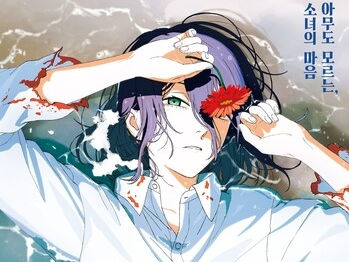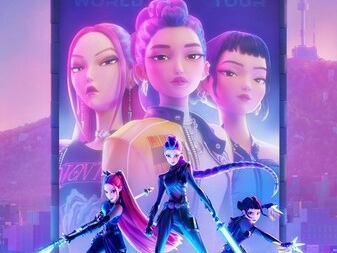 |
| ▲ This photo, provided by the Gyeongju National Museum, shows the sarira reliquary set excavated from the three storied stone of Hwangboksa Temple in Guhwang-dong, Gyeongju. (PHOTO NOT FOR SALE) |
 |
| ▲ This photo, provided by the Gyeongju National Museum, shows a green glazed wall from the site of Four Heavenly Kings. (PHOTO NOT FOR SALE) (Yonhap) |
 |
| ▲ This photo, provided by the Gyeongju National Museum, shows the tiles for the roofs excavated from Sacheonwangsa Temple Site, Gyeongju and at the site of Hwangboksa Temple in Guhwang-dong, Gyeongju. (PHOTO NOT FOR SALE) (Yonhap) |
 |
| ▲ This photo, provided by Gyeongju National Museum, shows the seated Bhaisajyaguru (Medicine Buddha). (PHOTO NOT FOR SALE) (Yonhap) |
SEOUL, June 15 (Yonhap) -- To the east of Wolseong, Gyeongju, which used to be the royal fortress of Silla, there is a not very high mountain called Nangsan.
Nangsan, which has a similar name to Namsan in Gyeongju, was called Sinyulim Forest or the forest where the gods play. It is said that in 413, the 12th year of King Silseong of Silla, it was recognized as a sanctuary where not even a single tree could be cut down.
As such, Nangsan, which was a sacred place for indigenous beliefs to the Silla people, was transformed into a space for Buddhism after Buddhism was introduced and temples such as Sacheonwangsa Temple and Mangdeoksa Temple were built. It was also used as a tomb where kings rested forever and a place for individuals to pray.
The National Museum of Gyeongju will be holding a special exhibition "Nangsan, A Sacred Mountain in Silla Kingdom" that focuses on Nangsan, which is historically important but has not received much attention, from June 15 along with the Gyeongju National Research Institute of Cultural Heritage and the Sunglim Cultural Property Research Center.
The exhibition, which runs until September 12, brings together the cultural heritage of Nangsan for the first time. 389 pieces including the sarira reliquary set excavated from the three storied stone of Hwangboksa Temple in Guhwang-dong, Gyeongju will be released to the public, while for national treasures, Gold Seated Buddha from Guhwang-dong, Gyeongju and Gold Standing Buddha from Guhwang-dong, Gyeongju will be presented.
The exhibition begins with a prologue space where it introduces the location of Nangsan Mountain and the distribution of cultural heritage..
The first part, "The World Where the Gods Played," deals with the process of changing the religious colors of Nangsan from Korean indigenous beliefs to Buddhism.
The Heavenly Generals statue installed at Sacheonwangsa Temple Site, Gyeongju and Hwangboksa Temple Site tells us that even after Buddhism was introduced, Nangsan Mountain was a sacred space for the people of Silla and a symbol of national protection. The Heavenly Generals statue is a statue that expresses a warrior wearing armor while holding a sword or spear.
In the second part, "The World Where the Kings Sleep," focuses on the fact that royal tombs, including the Tomb of King Jinpyeong and the Tomb of Queen Seondeok, along with a temple to pray for the repose of the dead king were built in Nangsan.
In 1942, the tomb attributed to King Injong and the Buddha from the Pagoda at Hwangboksa Temple Site will be exhibited in one place for the first time in 8 years.
The last part, "A Space of Hope and Embrace," tells us that Nangsan has changed from a place to pray for the repose of the royal family to a place where individuals also come to pray.
One will be able to see the relics from the site of Neungjitap Pagoda, Gyeongju, which are housed at the Gyeongju National Museum and the Seokjuseon Memorial Museum of Dankook University. Along with that, eleven-faced Guanyin Bodhisattva statue and the seated Yaksa Buddha, will both be found at the western foot of Nangsan Mountain.
The epilogue sends a message that there is a need for interest in the cultural heritage of Nangsan through the Hwangboksa Temple, which the purpose of the place is still unclear even after excavations have been conducted for a long time.
An official from the Gyeongju National Museum said, "I hope many people will get to know and understand Nangsan, which the people of Silla cherished, through this exhibition."
(This article is translated from Korean to English by Haemin Kim.)
(END)
(C) Yonhap News Agency. All Rights Reserved








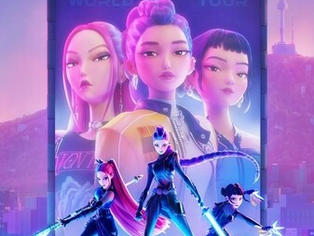
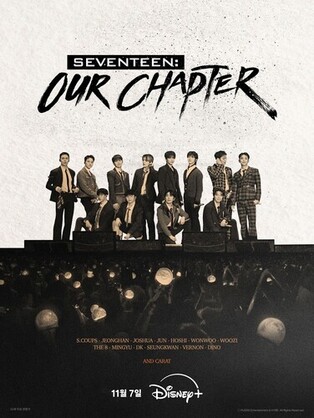


![[가요소식] 보이넥스트도어, 신보로 3연속 밀리언셀러 달성](https://korean-vibe.com/news/data/20251025/yna1065624915905018_166_thum.jpg)
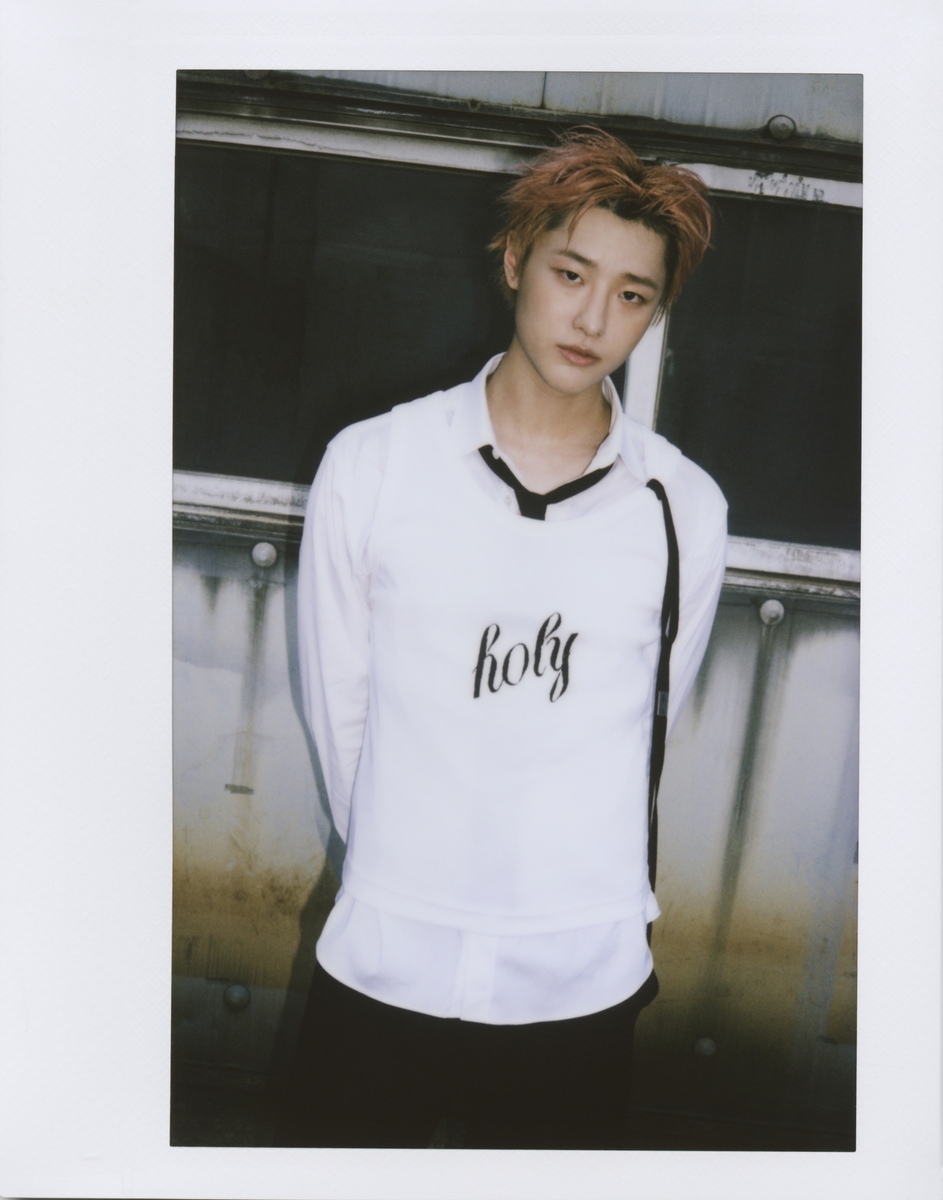


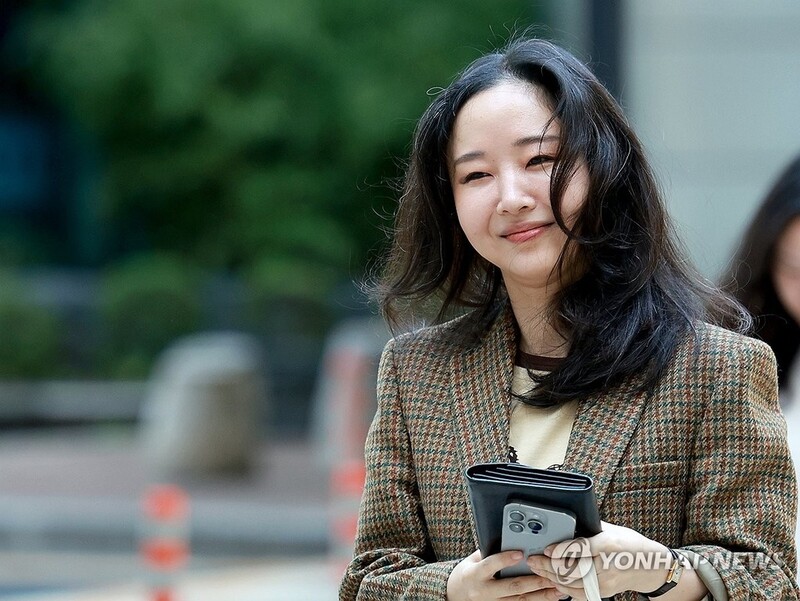
![[방송 소식] MBC 대학가요제 13년 만에 부활…26일 방송](https://korean-vibe.com/news/data/20251024/yna1065624915904676_716_thum.jpg)
